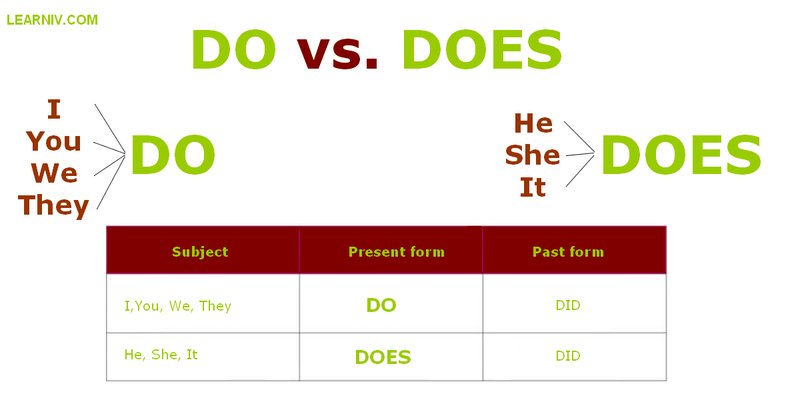
Understanding what this error code means is like decoding a message from your oven, letting you know it needs a little attention. The “F1” code is essentially the oven’s way of alerting you to a fault within its control system. This error is typically associated with the electronic control board or the oven’s sensor. Think of it like when your car’s check engine light comes on—it’s a signal that something needs checking to prevent further issues.
Understanding the F1 Error Code
So what exactly is the F1 error code? In simple terms, it’s a warning from your GE oven’s brain, the electronic control board, indicating that there might be an internal malfunction. This could be due to a failed sensor, a board malfunction, or even a loose wiring connection. Imagine the electronic control board as the nervous system of your appliance, sending and receiving signals. If it isn’t functioning properly, it can’t communicate effectively with other parts of the oven, leading to potential cooking disasters.
The electronic control board is crucial to your oven’s operation, as it manages the oven’s temperature and timing. When it senses something is amiss, it triggers the F1 code to alert you. You might think of it as your oven’s way of asking for help, nudging you to take action before a minor issue turns into a major problem. Acting on this error promptly can save you from more costly repairs down the line.
Next steps usually involve diagnosing the issue. Although it might sound technical, there are several steps you can take to troubleshoot and potentially resolve the problem. But remember, always exercise caution when dealing with electrical appliances to ensure your safety.
Troubleshooting the F1 Error Code
Here’s the deal: Before you start poking around the oven, remember to disconnect it from the electricity. Safety first! Once that’s done, the most straightforward thing to check is the oven’s temperature sensor. This component is like a thermometer inside your oven, ensuring it heats to the right temperature. If it’s off, it could be sending incorrect readings, which might cause the F1 error.
Locate the sensor inside your oven—it’s usually a thin, long rod fixed to the rear wall. Once you’ve found it, you can use a multimeter to check its resistance. A faulty sensor typically shows abnormal resistance readings. If the sensor is indeed the culprit, replacing it is the next step. It’s like swapping out a faulty battery in your remote control; doing so often restores functionality.
If the sensor seems fine, the issue might lie with the electronic control board itself. This is a bit more technical and may involve checking for any visible damage or loose connections on the board. If you’re not comfortable doing this, it’s perfectly okay to call in a professional. Sometimes, a trained eye is just what you need to ensure everything’s in perfect working condition.
Preventing Future F1 Error Codes
Now that you’ve tackled this error, let’s talk about keeping it from happening again. Regular maintenance is key. Consider doing periodic checks of your oven’s sensor and control board, much like how you might service a car regularly to keep it running smoothly. Cleaning your oven regularly can also help prevent various issues from arising.
Think of your oven like a trusty car; it needs regular check-ups to keep it purring smoothly. If you maintain it well, it’s less likely to throw a tantrum with error codes at the most inconvenient times. Keeping an eye out for odd noises or unusual behavior can also provide early warning signs before they turn into bigger problems.
Finally, remember that even with the best care, your oven might occasionally need professional attention. Just like you wouldn’t ignore your car’s check engine light indefinitely, attending to your oven’s error codes promptly can save you from more costly repairs or replacements in the future. So, next time your oven flashes an F1 error, you’ll know just what to do!